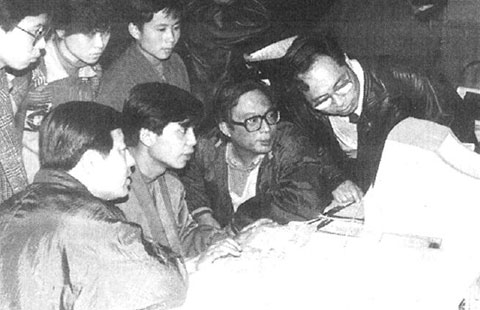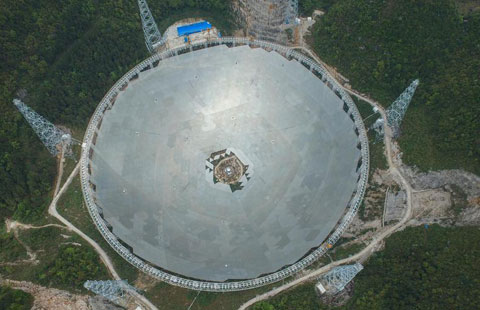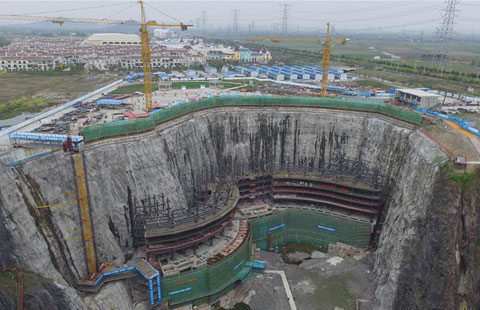

Hubei's capital Wuhan and its neighboring areas form one of China's fastest-growing regions, and this area is rapidly starting to rival the Yangtze River and Pearl River deltas and the Bohai Economic Rim.
Home to many world-class industrial clusters, including automotive, iron and steel manufacturing as well as petrochemicals and shipbuilding, Wuhan was actually one of China's earliest centers of industrial development in modern history.
When New China was founded six decades ago, a number of the central government's most important industry and transportation projects were planned in the city.
Wuhan Iron and Steel Corp, the first mega-scale iron and steel enterprise established after 1949, now has an annual production capacity of 40 million tons, ranking the fourth largest worldwide. It entered the Fortune 500 list in 2009.
A number of national development zones have contributed greatly to the city's economic growth, attracting investors from China and abroad.
The Wuhan Economic and Technological Development Zone is home to the city's first industry with annual output value exceeding 100 billion yuan - auto manufacturing.
With the goal of building "China's Motor City", the local authorities expect the production capacity to reach 3 million vehicles this year. Officials hope to achieve 5 million by 2016, and revenue of this industry is expected to hit 400 billion yuan at the same time, according to development plans.
Many of the world's leading automakers, including Peugeot, Citroen, Nissan, Honda and General Motors, have opened joint ventures in Wuhan, giving the city a full lineup of US, Japanese, French and domestically developed auto brands and models.
Last year, enterprises in the Wuhan Economic and Technological Development Zone generated 168.3 billion yuan ($26.7 billion) worth of gross domestic product.
The zone's administrative committee is planning to build another three 100-billion-yuan industries during the 12th Five-Year Plan period (2011-2015) - electronic appliances, modern service and new energy and new materials.
Wuhan East Lake High-tech Development Zone, also known as the Optics Valley of China, became a national independent innovation demonstration zone in 2009, the nation's second after Zhongguancun in Beijing.
Along with a number of national leading universities and research institutions, the area includes many industrial parks, which mainly focus on optoelectronic industries, environmental protection, biomedicine and software development.
It has attracted around 2,000 high-tech companies, and achieved a GDP of 13 billion yuan last year, increasing more than 30 percent from 2010.
There is also the Wujiashan Science and Technology Industrial Development Zone, which is the most attractive destination in Central China for investors from Taiwan.
This area focuses on food processing and household electrical appliances manufacturing. Leaders hope the area will become a logistics and trading hub in central China.
zhangzhao@chinadaily.com.cn
(China Daily 10/15/2012 page24)







